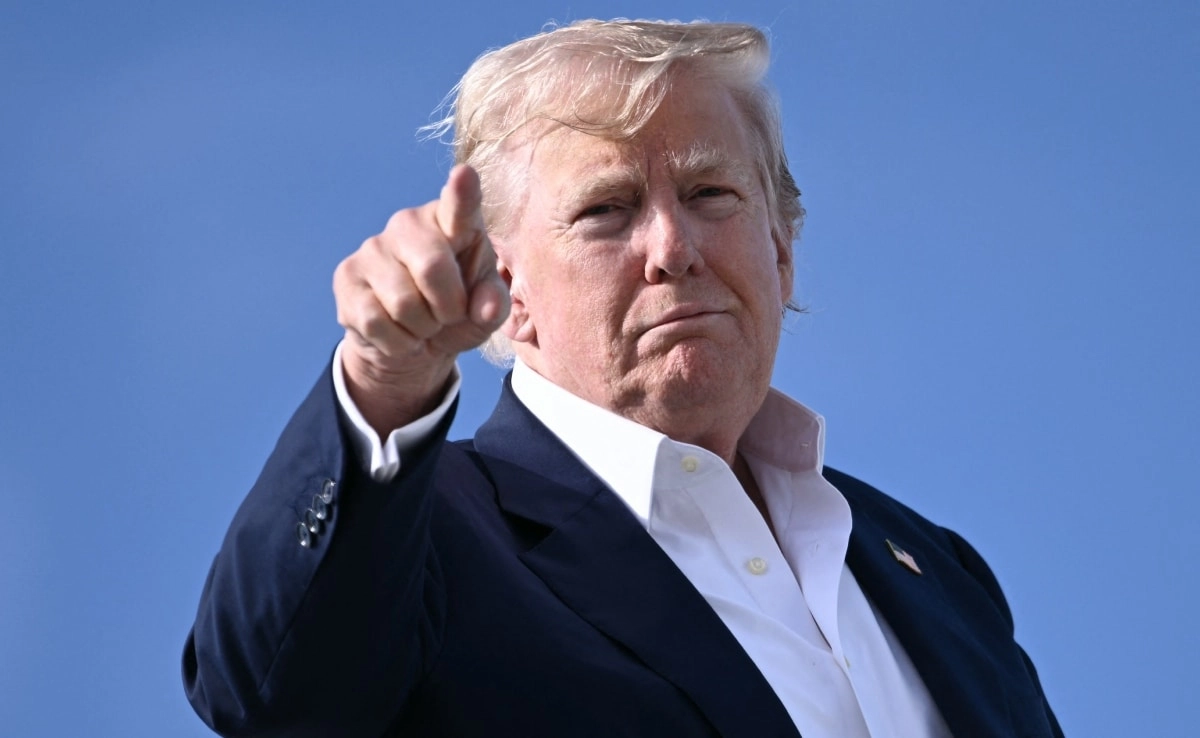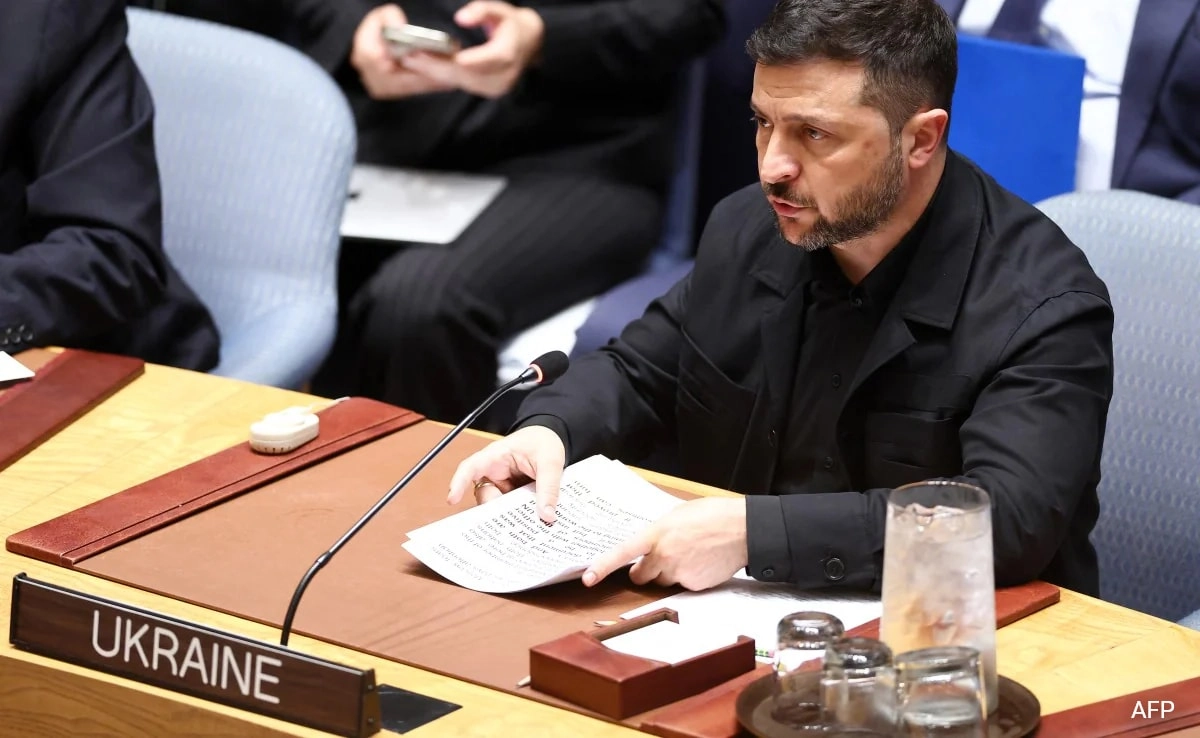As the deadline for President Donald Trump’s tariffs approaches, the landscape of international trade is becoming increasingly complex, especially concerning U.S.-India relations. The U.S. has been reevaluating its trade policies, which has significant implications for various countries, including India, one of its largest trading partners. The ongoing negotiations and looming tariffs have created a sense of urgency among exporters and importers, who are keen to understand how these changes will affect their businesses. The situation is fluid, with new developments emerging regularly as both nations seek to navigate the intricacies of their economic interactions.
In recent months, the U.S. has signed several trade deals aimed at bolstering its economic position on the global stage. These agreements highlight the Trump administration’s commitment to reshaping trade dynamics, focusing on securing favorable terms for American industries. Key sectors such as agriculture, technology, and manufacturing have been at the forefront of these negotiations, with an emphasis on reducing trade imbalances and addressing concerns over intellectual property rights. As the U.S. continues to pursue these initiatives, the implications for India are particularly significant, given the country’s strong export market and its role as a major player in global supply chains.
As India prepares for the potential impact of these tariffs, the government is exploring various strategies to mitigate adverse effects on its economy. This includes discussions on diversifying trade partnerships and enhancing domestic production capabilities to offset any losses that may arise from increased tariffs on Indian goods entering the U.S. market. Additionally, stakeholders in both countries are closely monitoring developments, as the outcome of these discussions could reshape the future of U.S.-India trade relations. The need for cooperation and dialogue remains paramount, as both nations aim to find common ground amidst the challenges posed by shifting tariff policies.
In summary, as the tariff deadline approaches, both the U.S. and India are at a crossroads in their trade relationship. The U.S. has actively sought to secure new trade agreements, while India is preparing to adapt to the evolving landscape. The coming weeks will be critical in determining how these developments unfold, and the potential effects on industries, consumers, and the broader global economy. Stakeholders on both sides will need to remain vigilant and responsive to the changing dynamics, ensuring that they are well-positioned to navigate the complexities of international trade in this new era.




